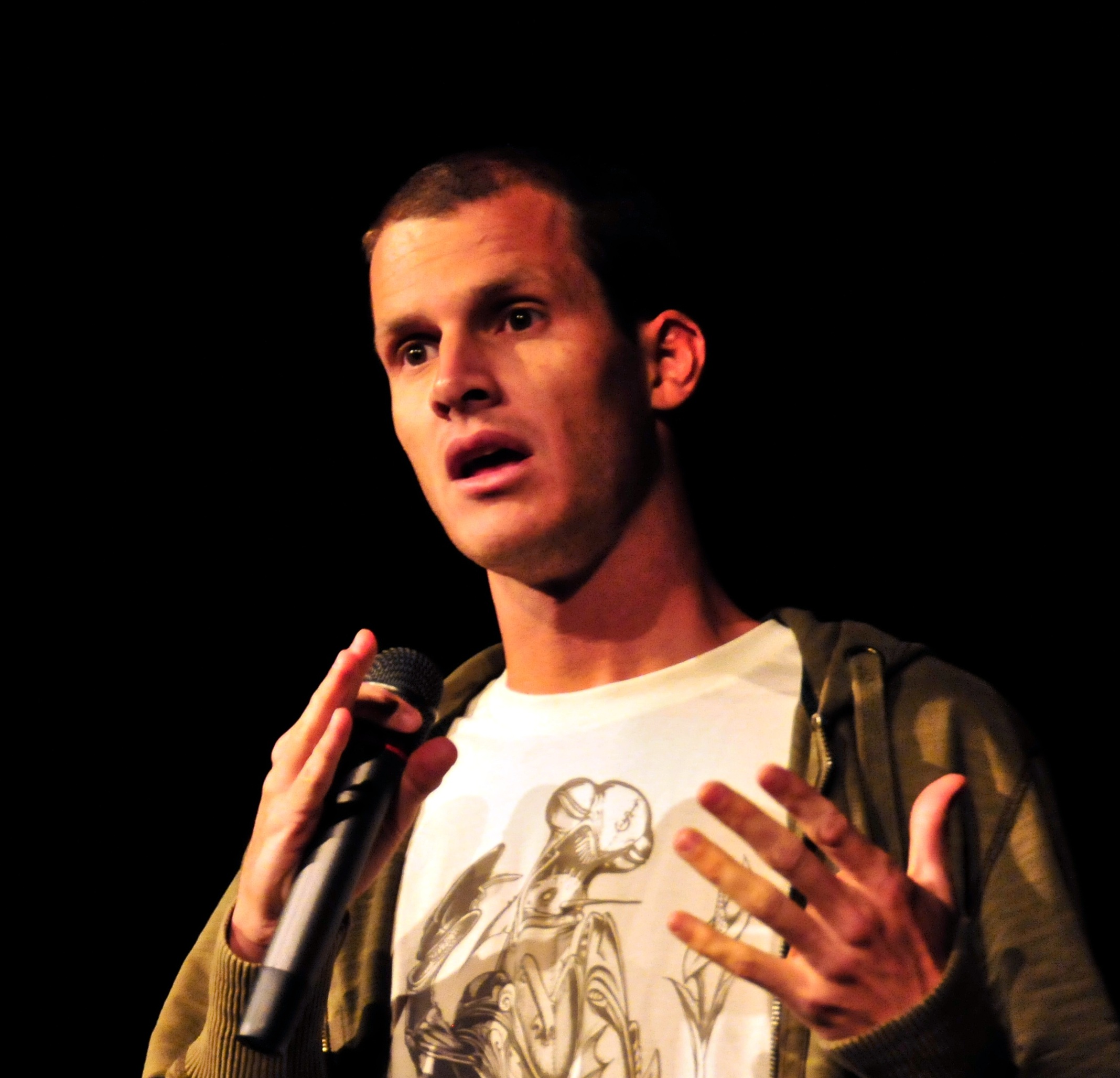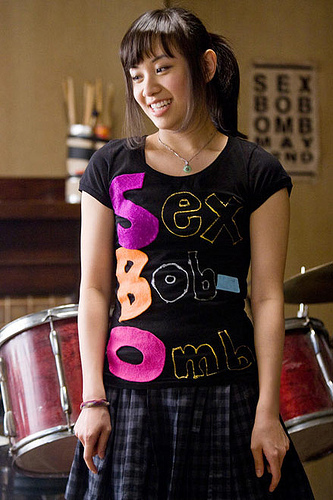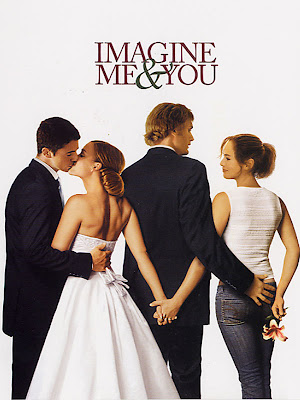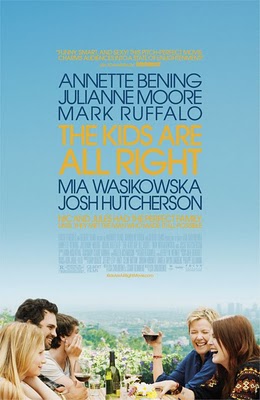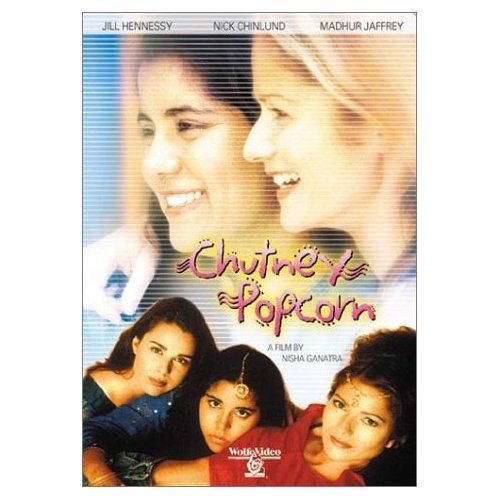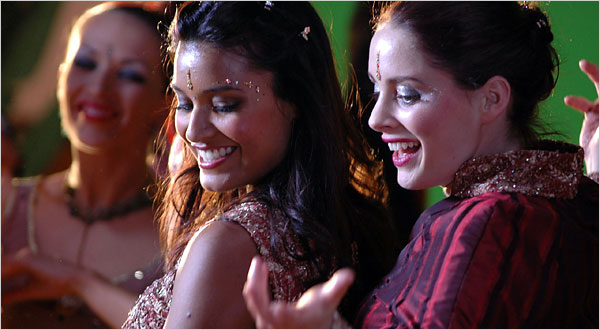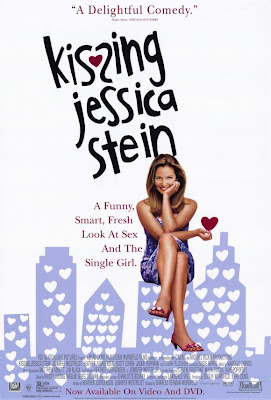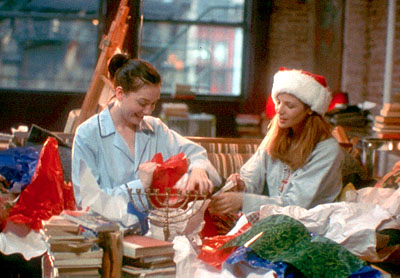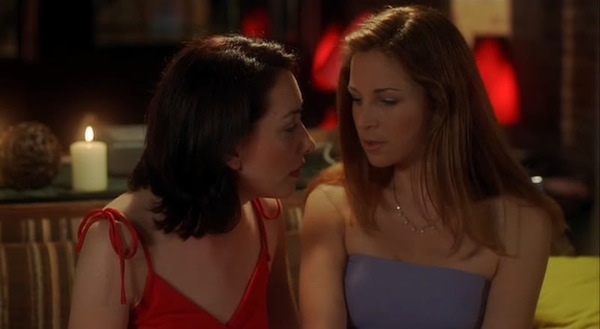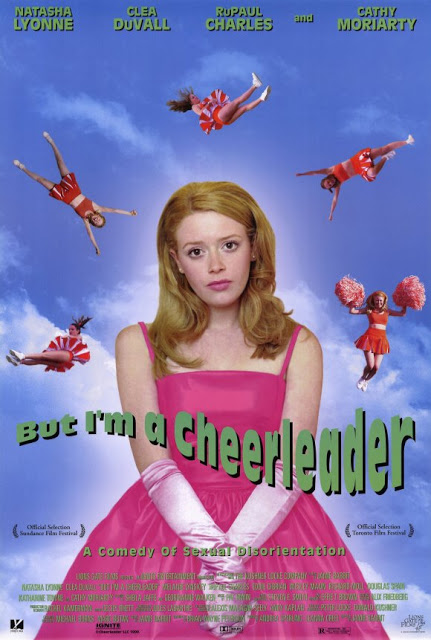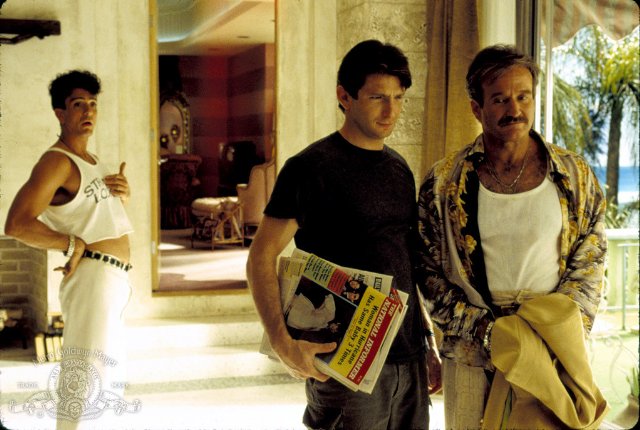“So Tosh then starts making some very generalizing, declarative statements about rape jokes always being funny, how can a rape joke not be funny, rape is hilarious, etc. I don’t know why he was so repetitive about it but I felt provoked because I, for one, DON’T find them funny and never have. So I didnt appreciate Daniel Tosh (or anyone!) telling me I should find them funny. So I yelled out, “Actually, rape jokes are never funny!”
“I did it because, even though being “disruptive” is against my nature, I felt that sitting there and saying nothing, or leaving quietly, would have been against my values as a person and as a woman. I don’t sit there while someone tells me how I should feel about something as profound and damaging as rape.
“After I called out to him, Tosh paused for a moment. Then, he says, “Wouldn’t it be funny if that girl got raped by like, 5 guys right now? Like right now? What if a bunch of guys just raped her…”
all the out of context misquotes aside, i’d like to sincerely apologize j.mp/PJ8bNs
— daniel tosh (@danieltosh) July 10, 2012
the point i was making before i was heckled is there are awful things in the world but you can still make jokes about them. #deadbabies
— daniel tosh (@danieltosh) July 10, 2012
Of course, Tosh is the same person who incorporates physical assault against women into his comedy, encouraging viewers to videotape sneaking up behind women and touching them non-consensually. Tosh obviously has no problem encouraging people to act out his comedy. Or of course calling for a woman to be gang raped in public.
“That’s why the problem isn’t the jokes or who’s telling them. It’s that so many, many people think that stories about degrading and violating women, the more violently the better, is laugh-out-loud entertaining.”
“Rape jokes are not funny. They potentially trigger survivors, and they uphold the rape culture. They tacitly convey approval of rape to rapists, who do not appreciate “rape irony.” There is no neutral in rape culture, and jokes that diminish or normalize rape empower rapists. Rape jokes are pro-rape.
“If you incite rape, you are an enforcer of rape culture. If you argue that inciting rape is harmless, you are an enforcer of rape culture.”
Vanessa Valenti, Feministing Editor and Co-Founder, points out why what Tosh did wasn’t humor and how he should be held accountable:
“Tosh threatened an audience member with rape. This should not be a conversation about where to draw the line (as much of the media is asking around this). There is a very, very clear line here…This conversation should be about holding public figures accountable for the impact they have on larger culture.”
While I disagree that rape jokes can be funny, I absolutely 100% agree with The Nation’s Jessica Valenti (and Feministing Co-Founder) that there’s a huge difference between “pointing out the absurdity” of rape and sexism — like George Carlin, Sarah Silverman and Wanda Sykes — and actually threatening someone with assault, which Tosh did:
“But here’s the thing: threatening women with rape, making light of rape, and suggesting that women who speak up be raped is not edgy or controversial. It’s the norm. This is what women deal with every day. Maintaining the status quo around violence against women isn’t exactly revolutionary…
“If you are this attached to jokes about raping women – if they mean this much to you – it’s time to look inward and think about why that is.
“Because at the end of the day, the misogynist fervor behind the defense of Tosh doesn’t isn’t an impassioned debate over free speech or the nature of humor. It’s men who feel entitled to say whatever they want – no matter how violent – to women, and who are angry to have that long standing privilege challenged.”
Jezebel’s Lindy West debunks the most common arguments supporting Tosh, including those who say Tosh’s humor is okay because he offends everyone:
“…Being an “equal opportunity offender”—as in, “It’s okay, because Daniel Tosh makes fun of ALL people: women, men, AIDS victims, dead babies, gay guys, blah blah blah”—falls apart when you remember (as so many of us are forced to all the time) that all people are not in equal positions of power…
“It’s really easy to believe that “nothing is sacred” when the sanctity of your body and your freedom are never legitimately threatened.”
“Rape is disturbing and horrible. It’s one of the horrors that we should keep at bay with humor, not encourage. Right now, the woman who posted the complaint about Tosh is receiving legitimate death and rape threats from his fans. So, his “joke” didn’t diffuse pain or horror — it sparked it.
“…The problem isn’t Daniel Tosh. The problem is that our society is still a rape culture where a large percentage of people think that rape’s OK and that a girl in a short skirt is asking for it and that it’s funny to assault someone. Not for the sake of satire, but for one person’s amusement over another person’s real life victimization.”
We live amongst a rape culture that normalizes violence and misogyny against women and objectifies women’s bodies. Society teaches people how to avoid rape rather than to not rape, putting the blame on the victim/survivor. The media berates women and brushes off rape survivors’ claims, putting the blame not on the rapist or abuser but with the survivor who comes forward.
I’ve said it before and I’ll say it again. I’m sick and tired of rape jokes. But whether you think rape jokes are funny or not, it stopped being a “joke” the moment Tosh harassed and threatened a woman with violence.
And there’s nothing fucking funny about that.
